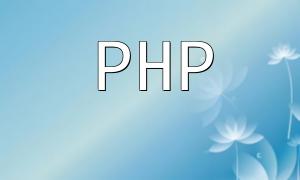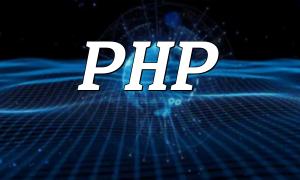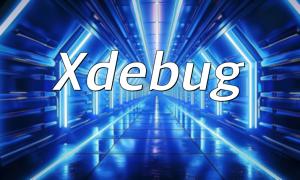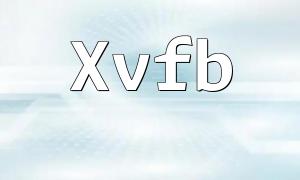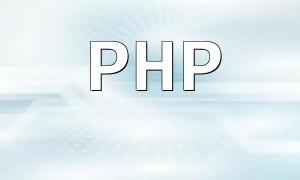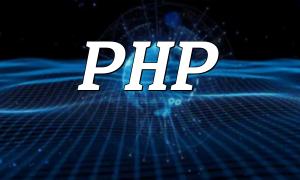PHP is a widely used programming language for web development, and Class is an essential concept in Object-Oriented Programming (OOP). Proper use of PHP Classes can improve code maintainability and make the code structure clearer, which makes it easier to expand and modify.
Let's start with a simple example: suppose we need to define a class representing animals. In this class, we will define two properties: the animal's name and type, and provide corresponding methods to access these properties.
class Animal {
public $name;
public $type;
public function __construct($name, $type) {
$this->name = $name;
$this->type = $type;
}
public function setName($name) {
$this->name = $name;
}
public function getName() {
return $this->name;
}
public function setType($type) {
$this->type = $type;
}
public function getType() {
return $this->type;
}
}The code above defines an Animal class with two properties: name and type. It also provides methods to set and get these properties. Next, we create an Animal object and operate on its properties:
$dog = new Animal('Dog', 'Mammal');
echo 'Name: ' . $dog->getName() . '<br>';
echo 'Type: ' . $dog->getType() . '<br>';
$dog->setName('Cat');
echo 'Updated Name: ' . $dog->getName() . '<br>';With the code above, we demonstrate how to create an object and access its properties. The code is simple and easy to understand, making maintenance and modification straightforward.
In addition to basic properties and methods, PHP Classes also support inheritance and polymorphism, two core concepts of Object-Oriented Programming. Next, let's extend the previous Animal class by creating a Dog subclass and overriding methods from the parent class.
class Dog extends Animal {
public function bark() {
return 'Woof! Woof!';
}
}In this example, the Dog class inherits all properties and methods from the Animal class and adds a new method, bark(), which represents the dog’s sound. We can create a Dog object and call its methods:
$goldenRetriever = new Dog('Golden Retriever', 'Mammal');
echo 'Name: ' . $goldenRetriever->getName() . '<br>';
echo 'Type: ' . $goldenRetriever->getType() . '<br>';
echo 'Bark: ' . $goldenRetriever->bark() . '<br>';With inheritance and polymorphism, the Dog class not only inherits all functionality from the Animal class but also extends its own behavior as needed.
In large PHP projects, managing many class files can be challenging. Using PHP namespaces and autoloading features, combined with tools like Composer, can significantly improve the organization and maintainability of your code.
Mastering PHP Class usage is a key step in improving code maintainability. By designing class structures wisely and leveraging inheritance and polymorphism, code becomes more scalable and easier to maintain and modify. In actual projects, combining namespaces and autoloading mechanisms further enhances code organization and efficiency.
